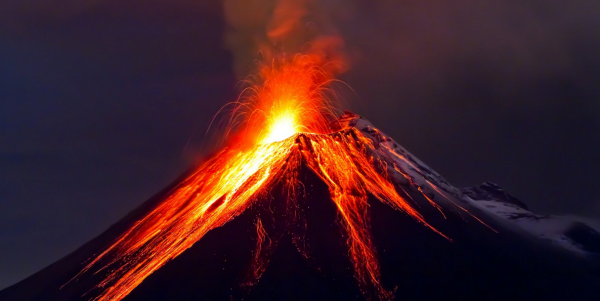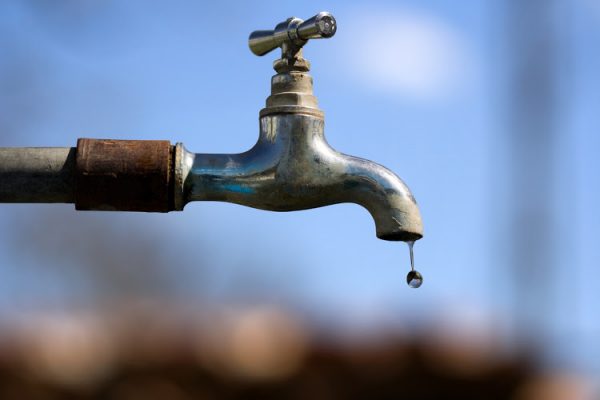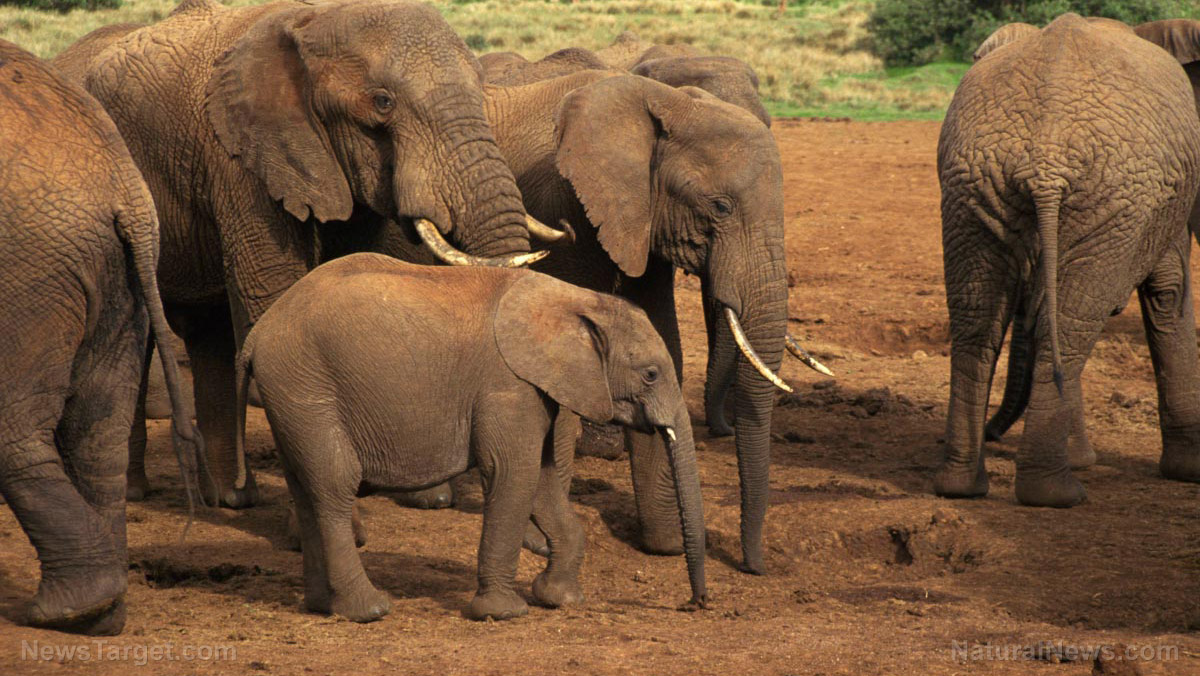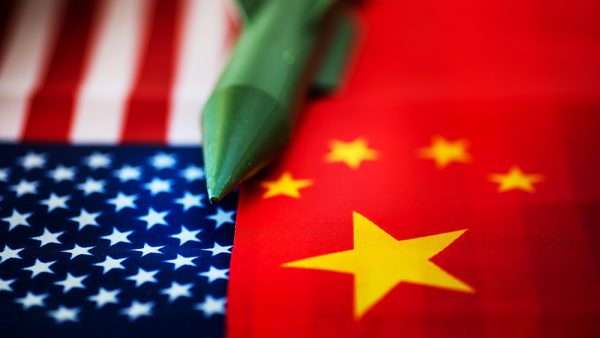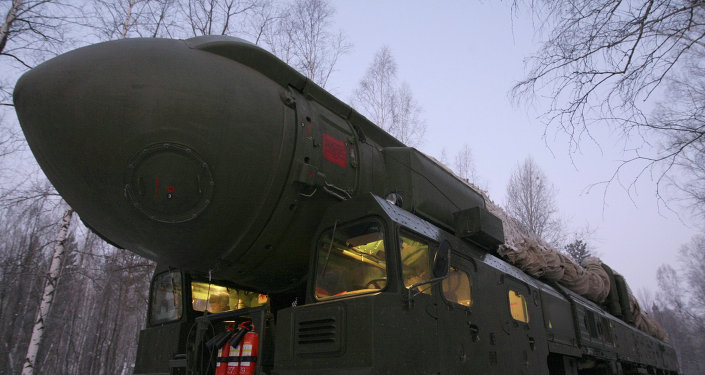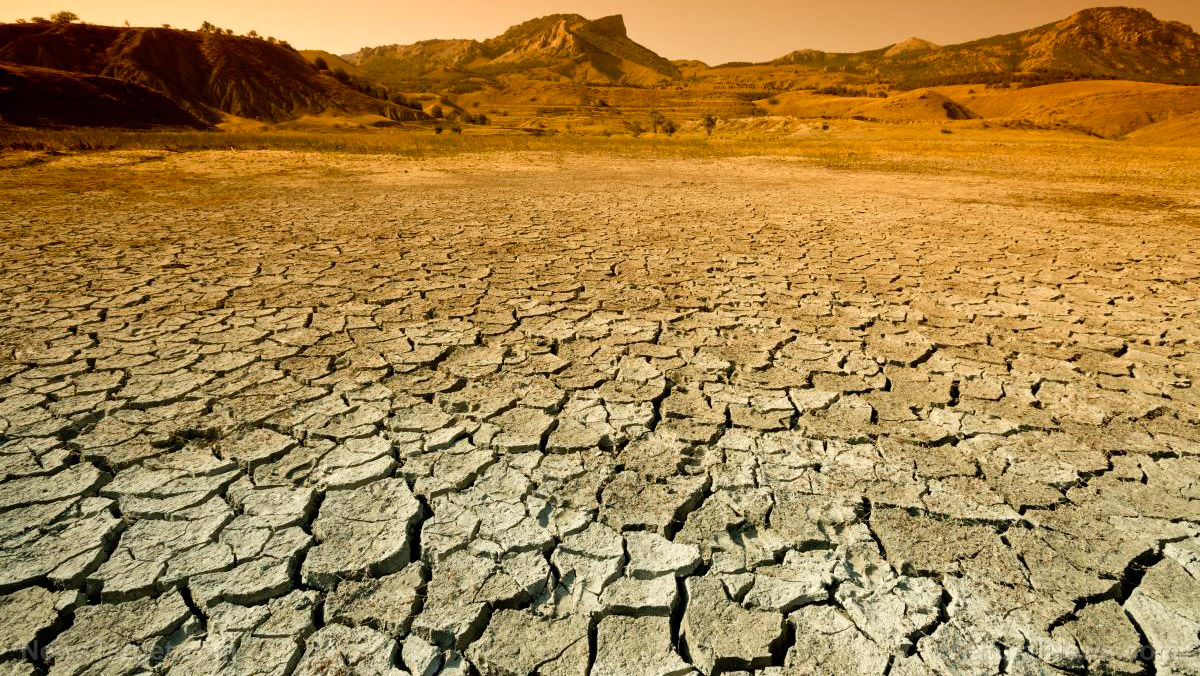
Drought out west threatens California's electricity supply
This decrease in hydro supply comes as rolling heatwaves grip the western U.S. The region is currently facing its worst dry season in two decades, according to data from the U.S. Drought Monitor. California is among the hardest hit, with 85 percent of the state in extreme or exceptional drought as of June 10. Around three-quarters of its annual precipitation fall between November and March, according to the CA-DWR. But the little snow that fell melted quickly and seeped into the ground instead of flowing into rivers, streams and reservoirs. Now, the state's snowpack is below normal. (Related: Despite record-breaking drought conditions, California officials are draining reservoirs.) "Since smaller snowpacks melt faster than larger ones, the lower-than-average snowpack may cause available hydropower generation to peak earlier in the year," the Federal Energy Regulatory Commission said in a May report. "That could mean less hydropower generation would be available to help meet peak electric demand mid- to late-summer." Indeed, the California Independent System Operator (California ISO), the nonprofit corporation that runs the state's power grid, warned in a May report that it might face challenges meeting demand this summer. To prepare for that possibility, California utility giant Pacific Gas & Electric Company holds back on the use of its hydropower dams to have enough water in the reservoirs when temperatures soar. "We have been conserving water in our reservoirs so that we have that same available volume for peak," said CEO Patricia Poppe. Last Tuesday, June 15, California ISO said that it might need to ask residents to reduce their electricity use to avert blackouts. It noted that while there is still enough power supply, disruptions such as downed power lines and mechanical failure at power plants could shake things up. Should the power supply drop, it might call this year's first "Flex Alert" and ask people to conserve energy from 4 p.m. to 9 p.m. from Wednesday to Thursday. "We don't expect rotating outages this week," said California ISO spokesperson Anne Gonzales. "But we are going to see some tight supplies. Our main message is one of conservation." The state may also need to turn to gas-fired power plants even as it pushes to reduce its use of carbon-based electricity. "When the Western grid loses hydropower, it has to be replaced by something. And almost always, that replacement is electricity from natural gas power plants," Jordan Kern, a professor of forestry and environmental resources at North Carolina State University, told NPR. Follow CaliforniaCollapse.news for the latest news on California's power supply problem. Sources include: Bloomberg.com DroughtMonitor.UNL.edu MercuryNews.com NPR.orgPhilippines warns of Taal volcano eruption, calls on people to evacuate
By Ramon Tomey // Share
Bodies of coronavirus victims in India discovered FLOATING along Ganges River
By Arsenio Toledo // Share
California’s “Megadrought” is causing tap water to taste like dirt
By Divina Ramirez // Share
15 Tools every prepper needs to make life on a homestead easier after SHTF
By Zoey Sky // Share
Costa Rica volcano registers its most powerful eruption since the 1990s
By Divina Ramirez // Share
Animals push back on boundaries, invade human spaces
By Ramon Tomey // Share
Putin deploys Oreshnik hypersonic missiles to Belarus, escalating NATO tensions
By kevinhughes // Share
U.S. escalates maritime war on narco-terrorism, killing eight in latest Pacific strikes
By patricklewis // Share
How forced immunizations, fraudulent science and corporate greed have endangered public health
By patricklewis // Share
Blood pressure pills RECALLED due to manufacturing mix-up
By oliviacook // Share
